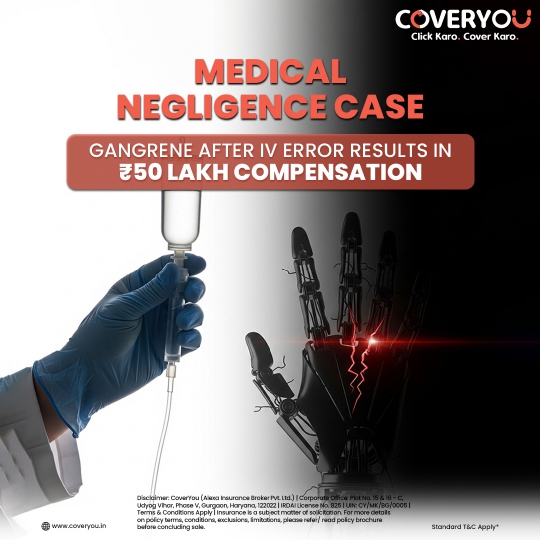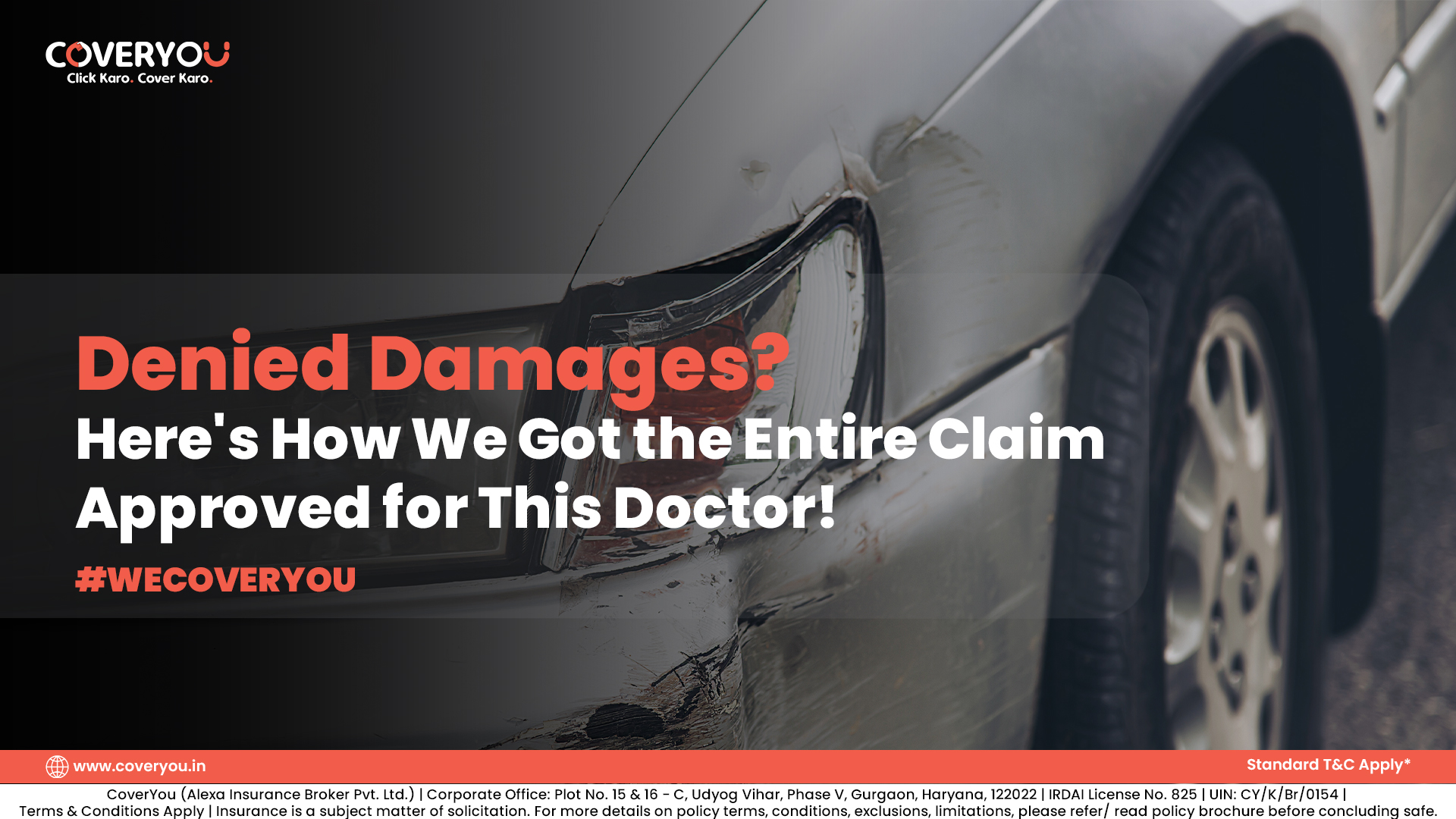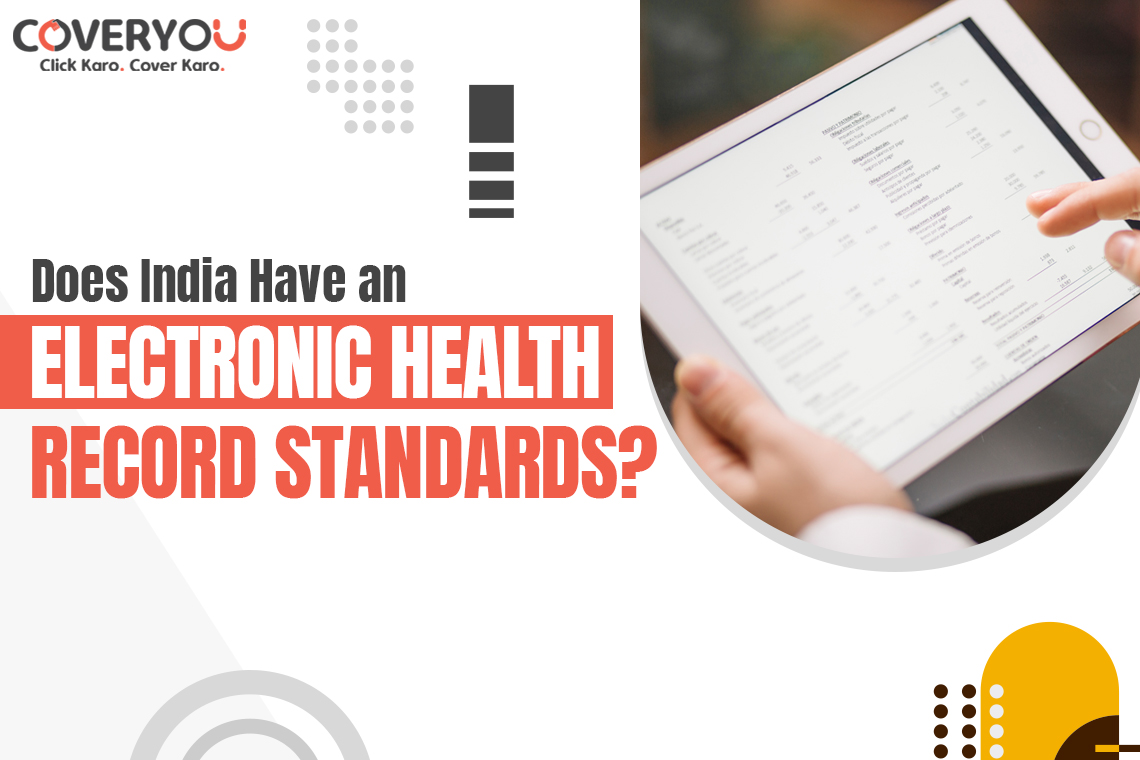The medical profession’s future abounds with opportunities and challenges alike. Physicians endeavor to practice proper care delivery in a constantly changing healthcare environment. They are assailed by several barriers affecting their ability to achieve a stable and successful future. With the necessary multidimensional approach, these challenges can be met within the jurisdictions of continuing education. Including financial planning, legal protection, and emotional resilience.
This urgency to combat these threats became even more evident after the ransomware incident. A Group experienced an incident in which a significant amount of sensitive data was stolen and a ransom was demanded in return for the data. This stolen data contained names, contact information, and employee ID numbers, along with tax forms. Plus social security and taxpayer identification number forms (W-2 or 1099). The attackers accessed its systems through a phishing attack several days after defining themselves as Magellan clients and sent malware to client email addresses to collect login and password data.
Learning and Adaptation
Advances in medical science and technologies also continue to grow by leaps and bounds, making it incumbent for doctors to be lifelong learners. This means keeping oneself updated through the latest research, attending conferences, and participating in continuing medical education programs supported by online learning platforms and medical journals to get new treatments and technological interventions.
Cybersecurity Threats
The rapid uptake of digital health solutions and advanced technology has transformed how patient care is coordinated. Diagnostic processes are also conducted in the respective healthcare setups. Yet, this increased dependency of the health industry. As the growing number of digital devices has made it more prone to cyberattacks. Global Data recently calculated that the medical device cybersecurity market would be around $1.1 billion by 2022–2027, expanding at a compound annual growth rate of 12.2%.
Data Privacy and Protection
Ever since the enactment of the General Data Protection Regulation in the European Union in 2018, data protection has become a highly debated issue. The Personal Data Protection Bill was initially introduced to India in 2019, to create strong data privacy legislation. After numerous amendments, the Lok Sabha eventually passed the Digital Personal Data Protection Bill, 2023 (DPDPB, 2023).
Integration with Advanced Technologies
Healthcare organizations hugely benefit from the incorporation of artificial intelligence, machine learning, and the Internet of Things. Patients’ data must be shared widely because of the demand for digital technology, and this only fuels innovation in this field. However, it comes with a sense of security risks. The utopia of secure use of these technologies calls for their ongoing monitoring and testing for vulnerabilities, with frequent security assessments.
Even despite the innovation boom, startups and small companies will face regulatory barriers. That are of massive scales in place before their products can hit the market. A protracted and laborious regulatory path has to be climaxed before the products are approved by the FDA, CSA, UL, and Health Canada, among others, against safety standards.
Cyber threats are a reality in a digitized world. Protection from these threats requires a robust cyber policy. The Cyber Policy of CoverYou ensures more than financial protection from the costly aftermath of data breaches. It also includes legal fees, and regulatory fines. Plus guarantees fast access to expert response teams. It is a full scope of coverage that helps contain the risks for your business to be able to recuperate and get back to operations as usual, without that much friction. With CoverYou, you aren’t buying insurance; you’re investing in peace of mind and resilience in this ever-evolving cyber landscape.
Source :
https://thejournalofmhealth.com/the-data-security-challenges-faced-by-the-healthcare-industry/
https://incompliancemag.com/emerging-standards-and-regulations-for-medical-devices/

















